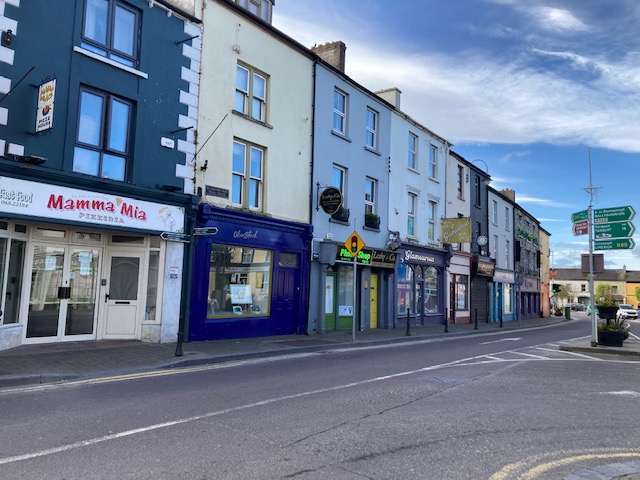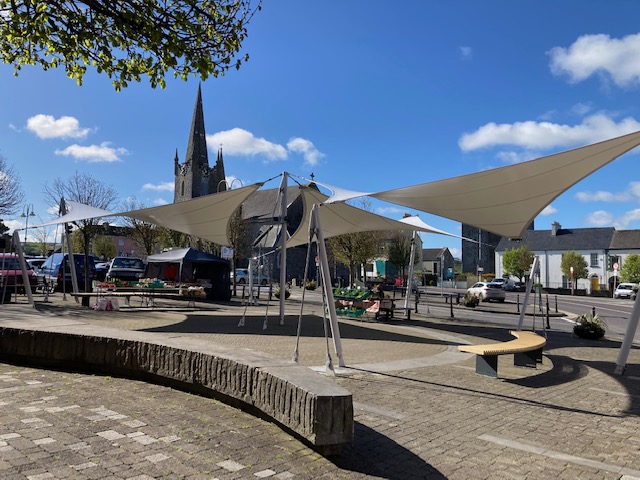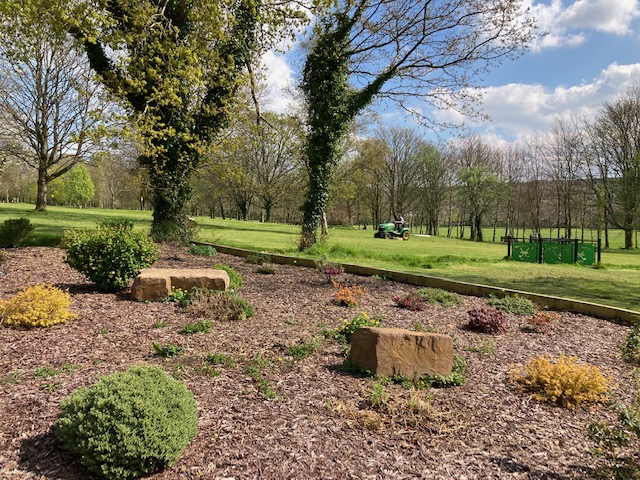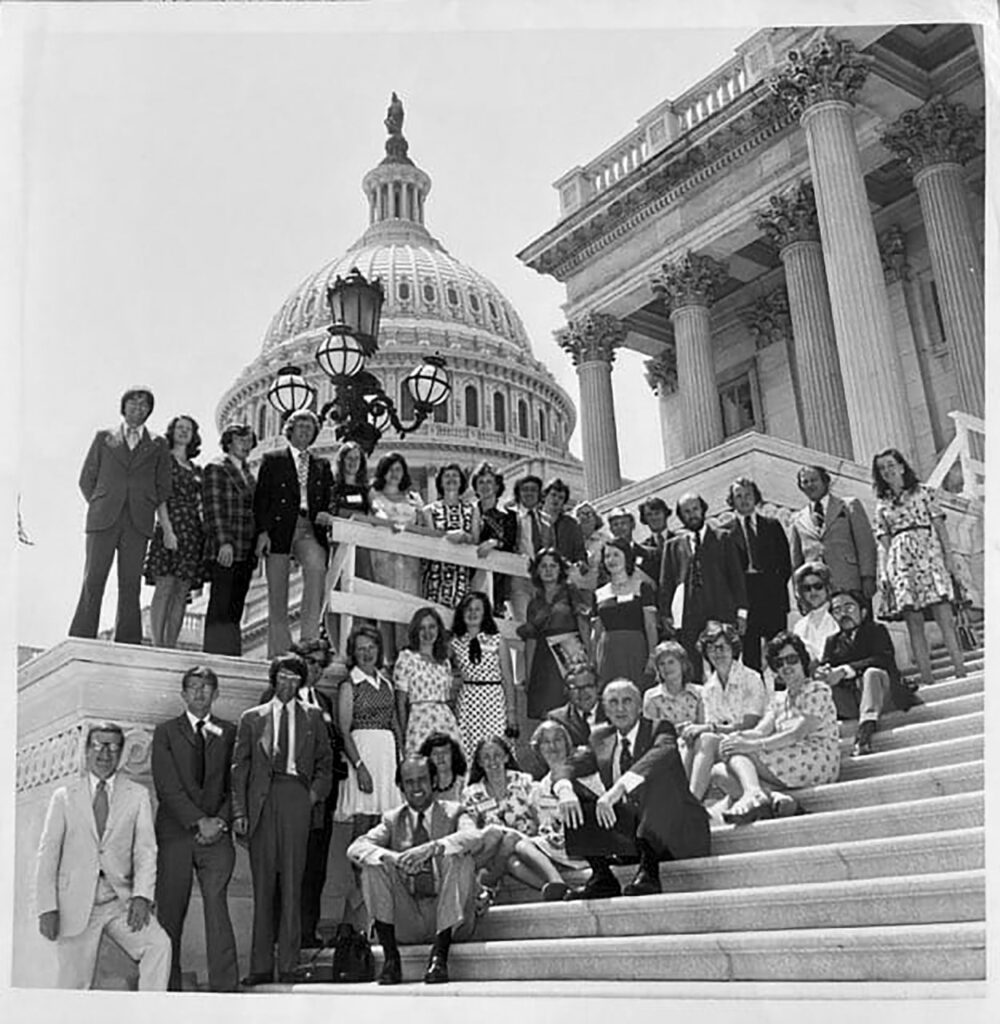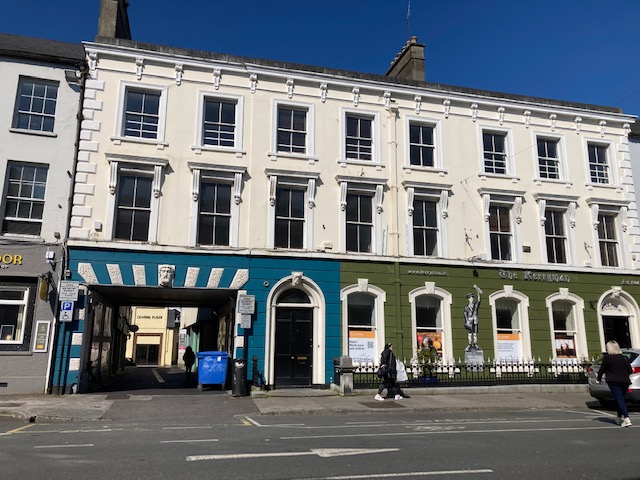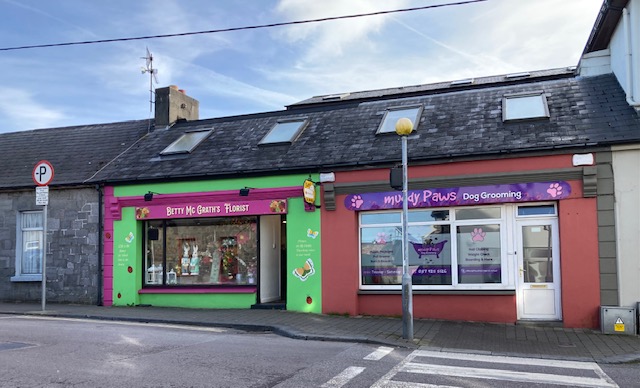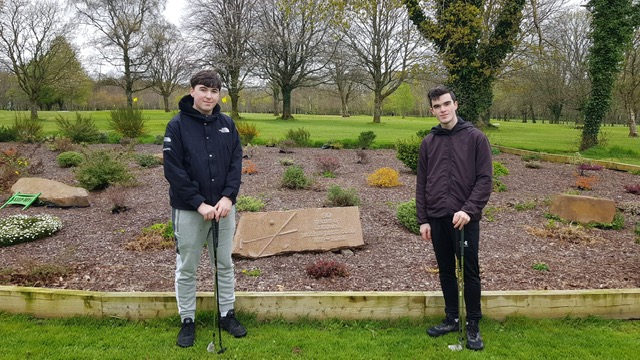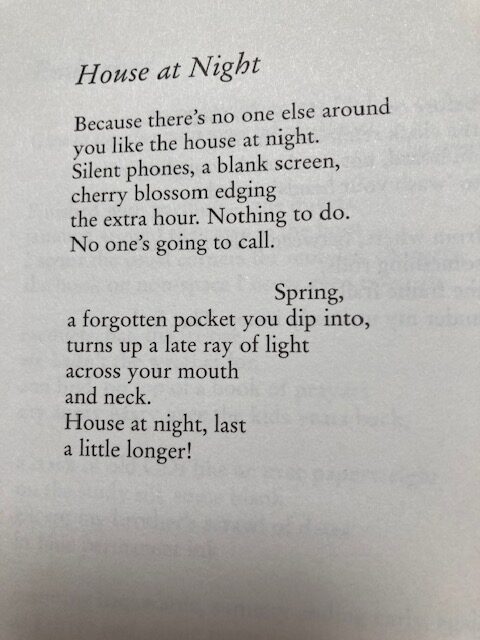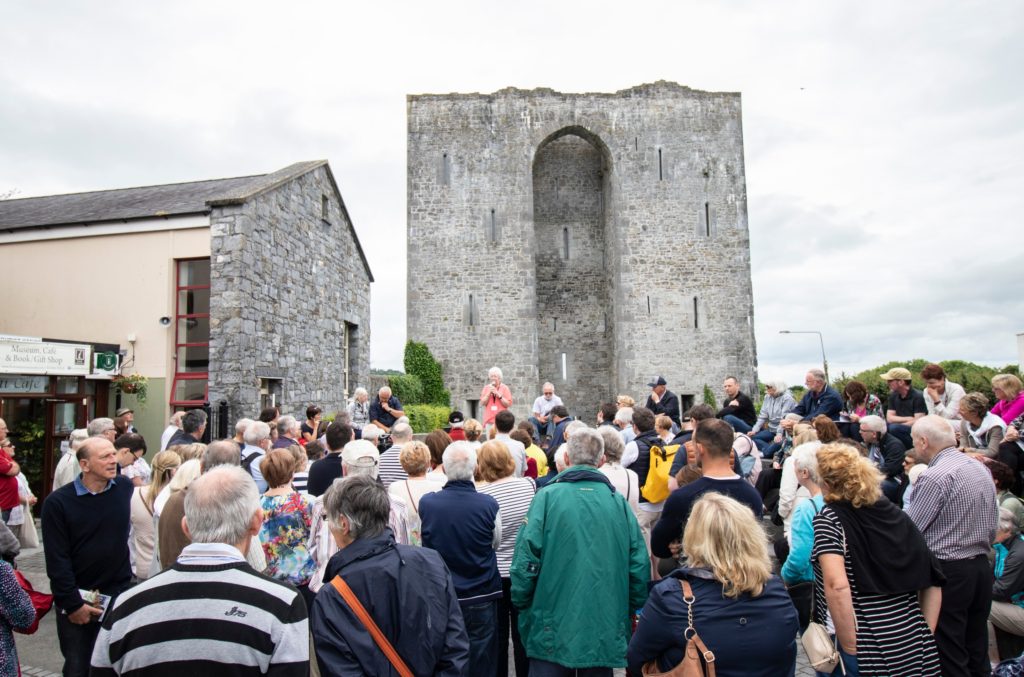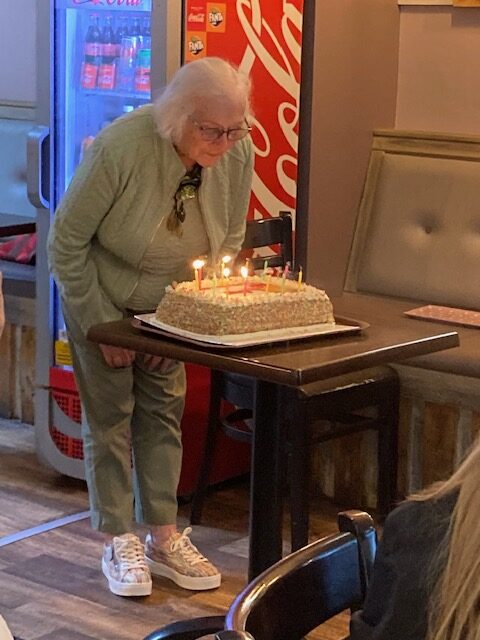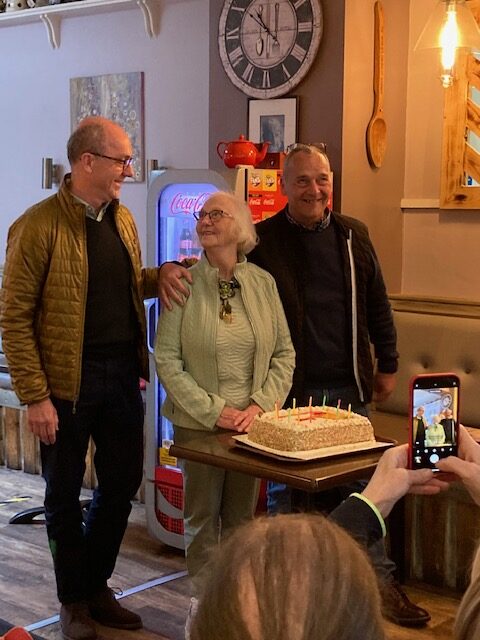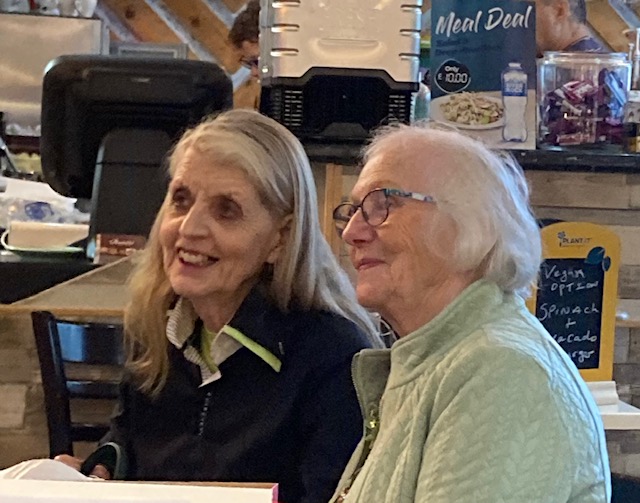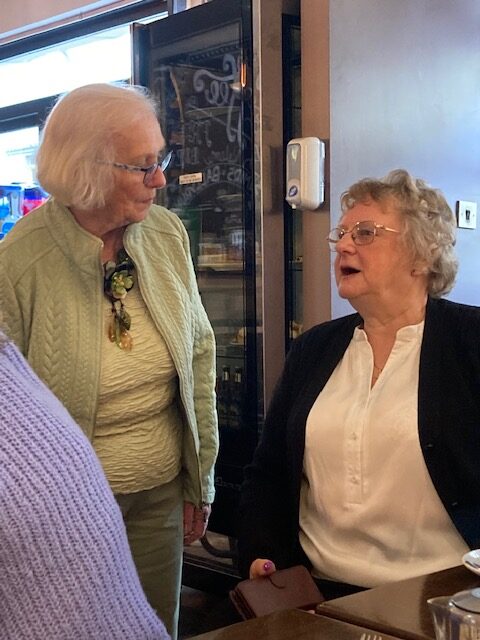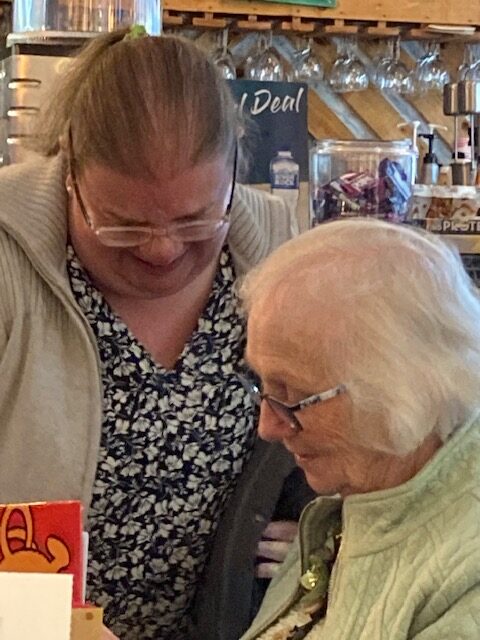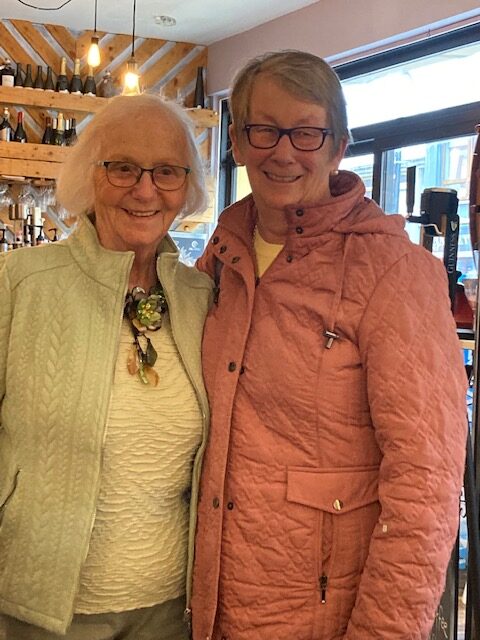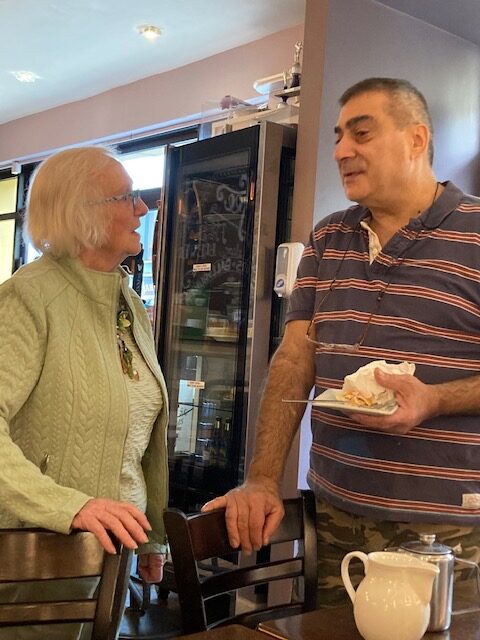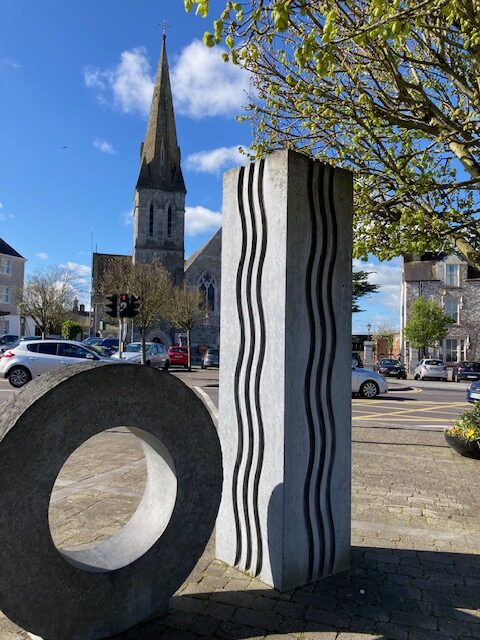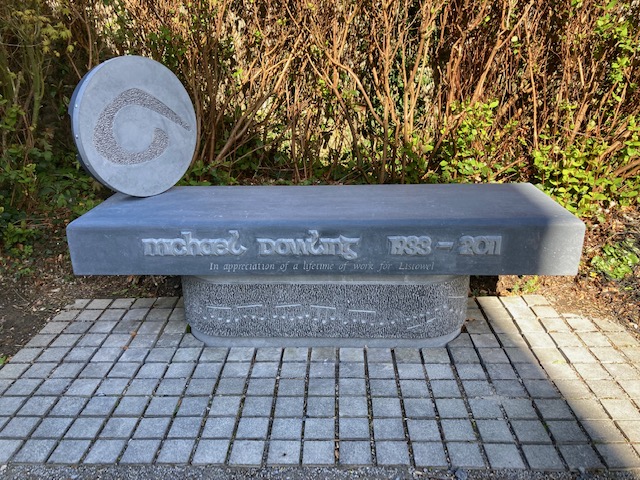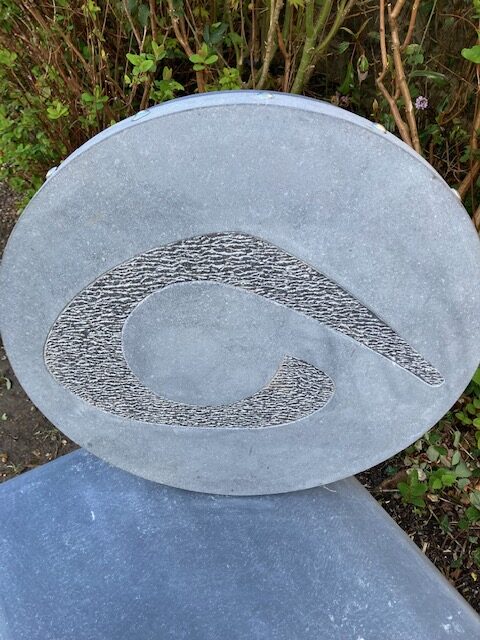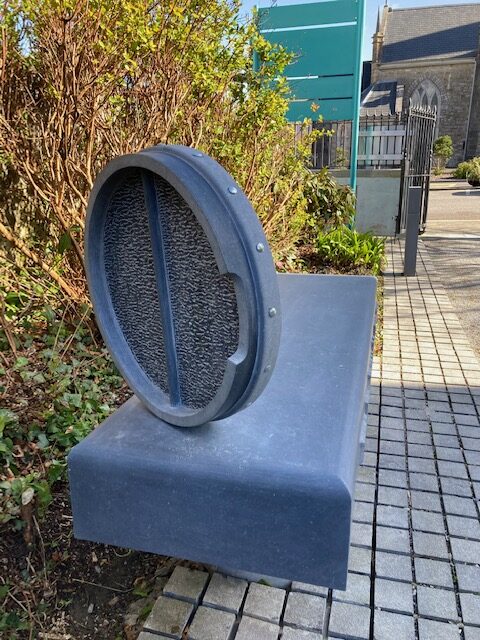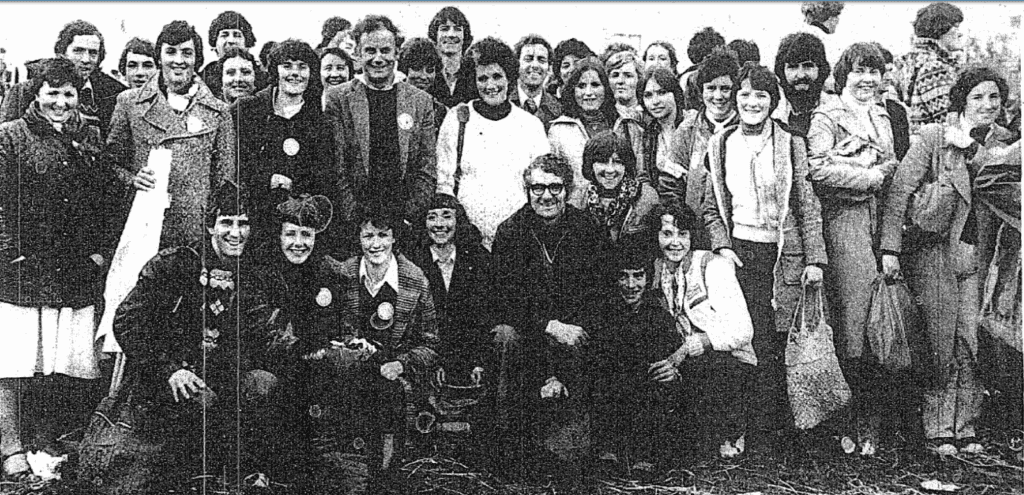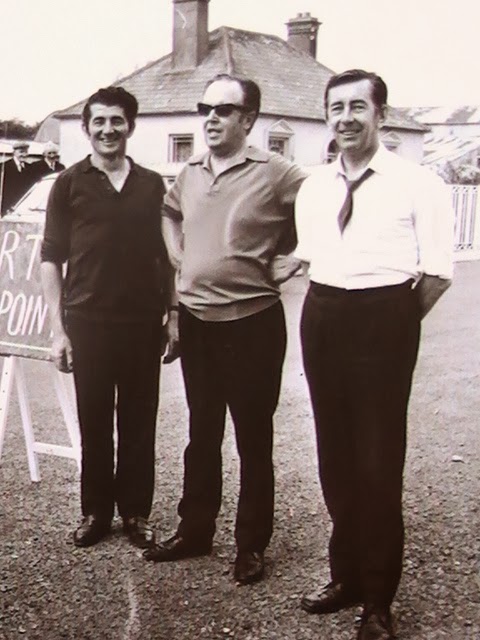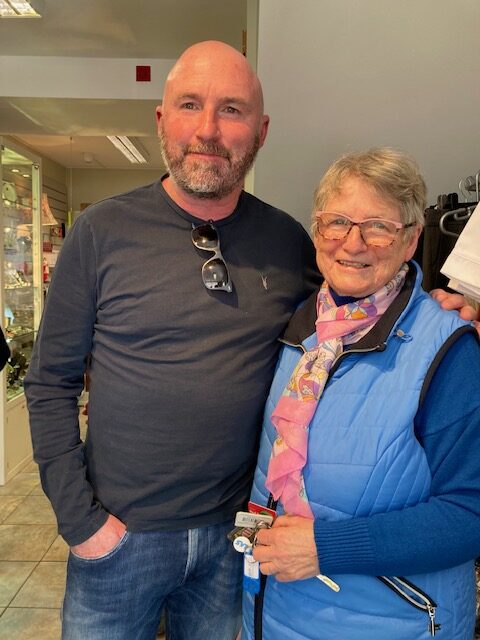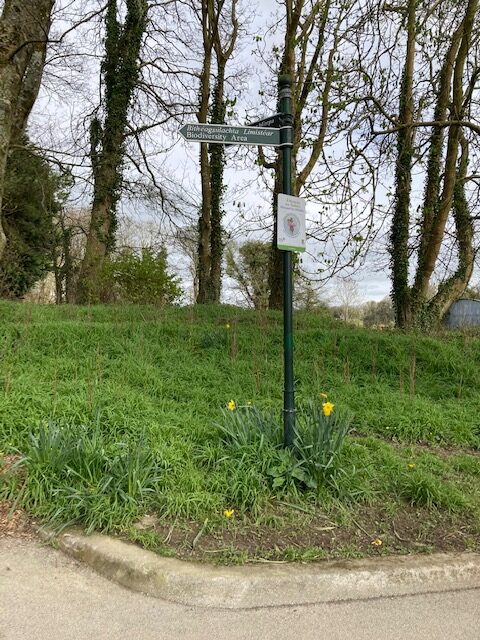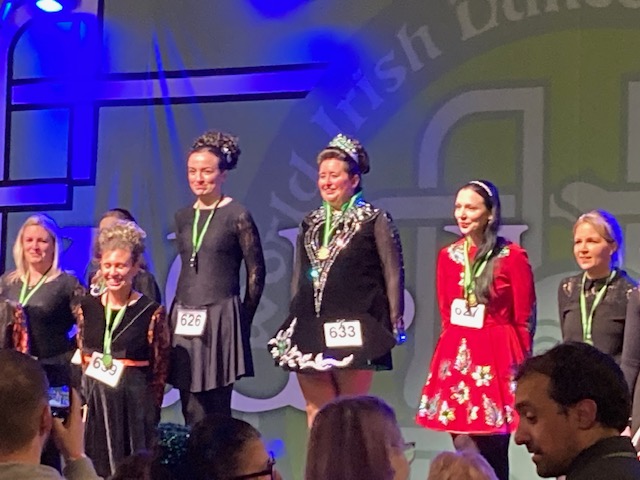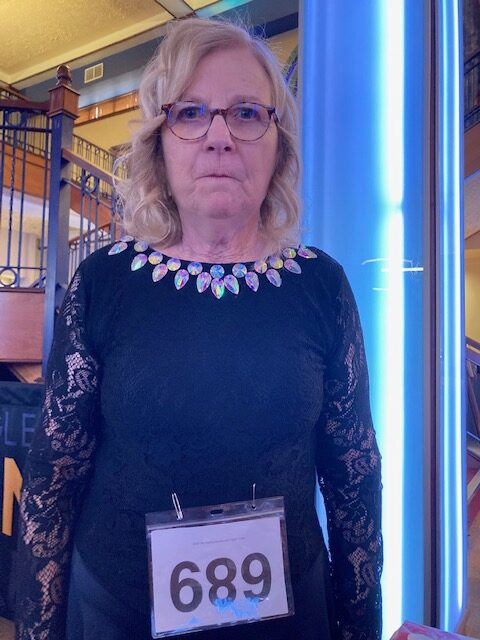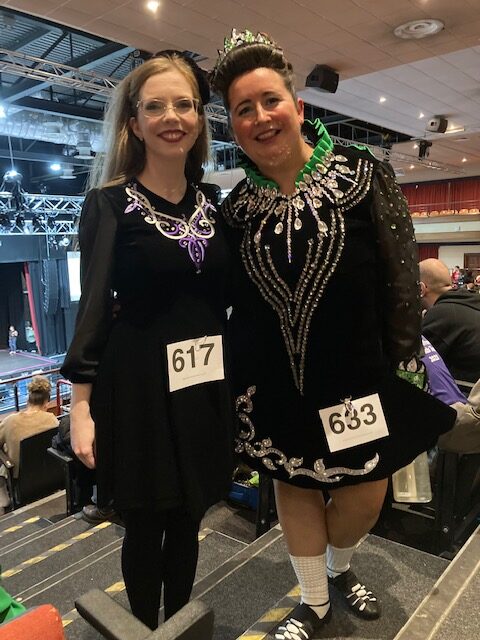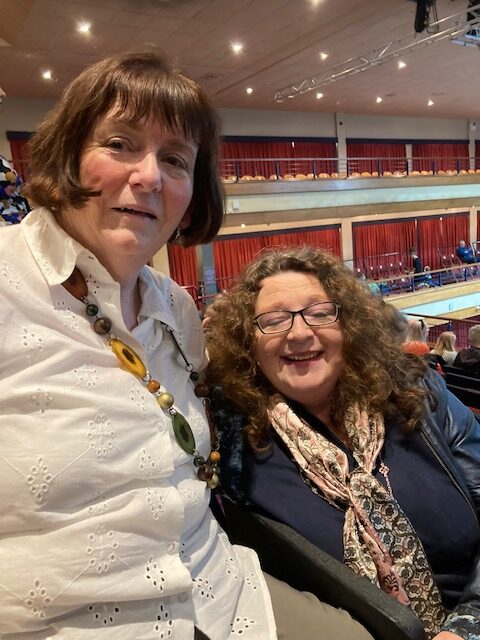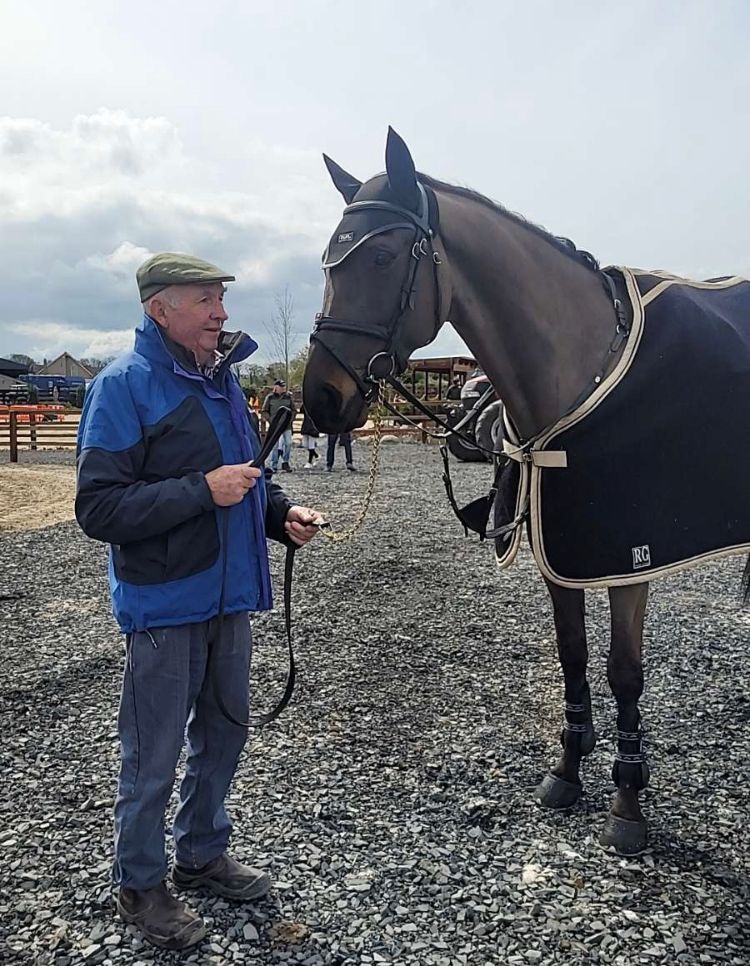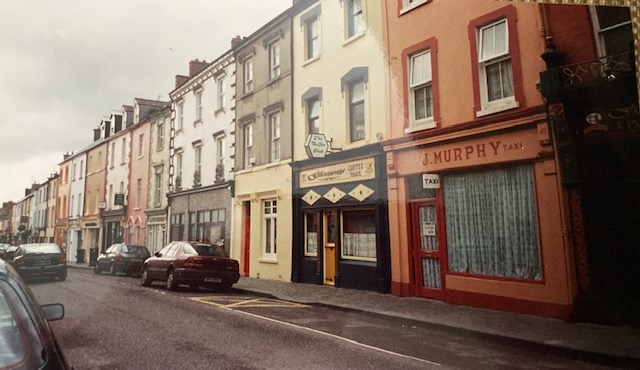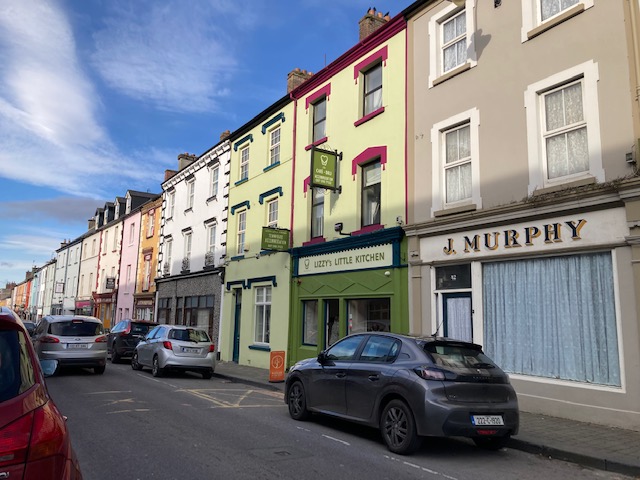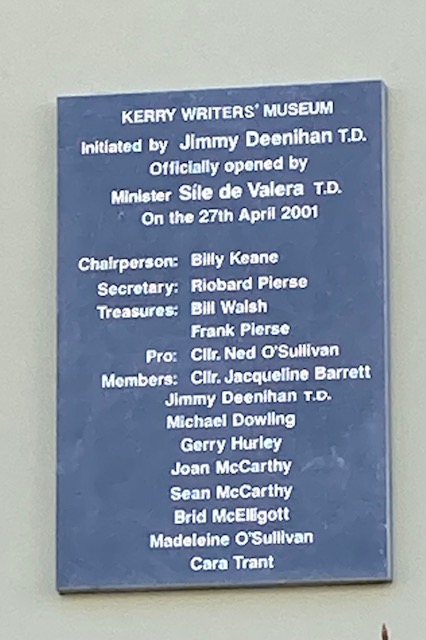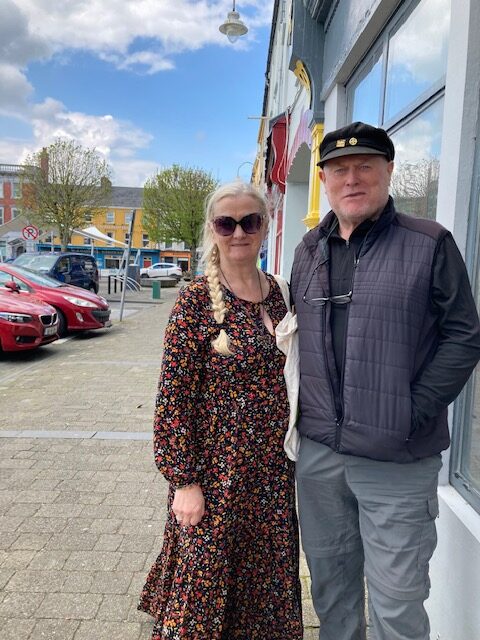
An Easter Window in St. Mary’s Listowel in April 2023
<<<<<<<<<
Then and Now
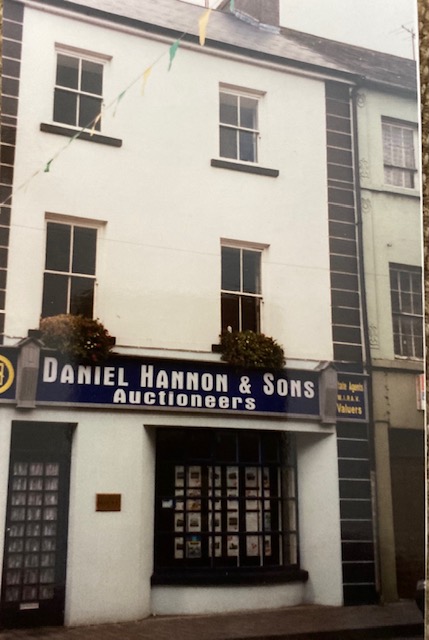
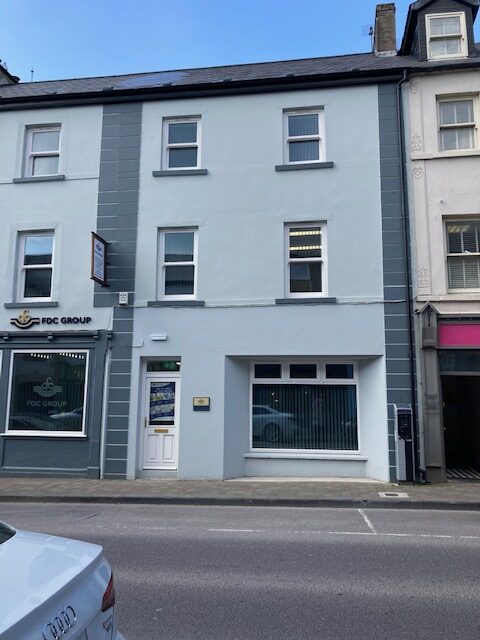
On Church Street
<<<<<<<<<
Beautiful Cherry Tree

In Listowel Pitch and Putt Course
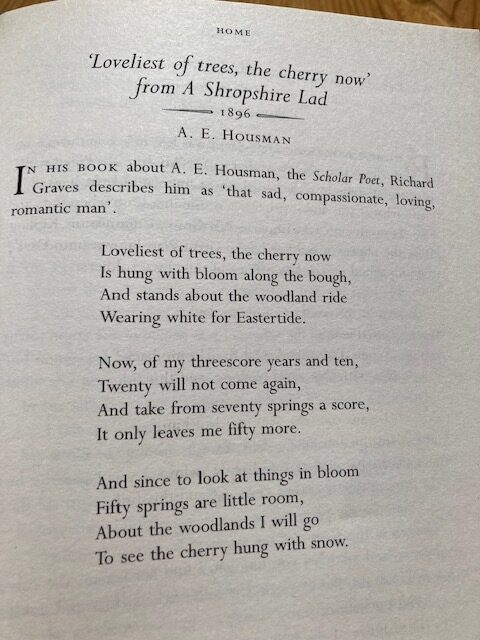
<<<<<<<<<
A Biden Story (Kind of)
From Mattie Lennon
When President Biden mentioned his great-grandfather Finnegan, the poet, it reminded me. The poet Paddy Finnegan was a friend of mine. He was from Galway and was no stranger to Listowel Writers’ Week. I don’t know if he was related to “the President’s Finnegans” and there again I don’t know that he wasn’t!
When Paddy died in 2014 two others and myself organised a “Finnegan’s Wake with an Apostrophe”, in Dublin’s Mansion House. President Higgins couldn’t attend but his daughter Alice Mary did. We made a DVD of the evening’s events,
I’ve a piece that I wrote about Paddy Finnegan after his death.
Paddy Finnegan passed away, unexpectedly, on 16th July.
Shortly after his death poet and writer Stephen James Smith wrote, “Paddy was a wonderful man who inspired me with his poetry and acted as a great supporter of other young poets too. . . as he speaks to me beyond the grave his verse is still unnerving me with his gravely pitted voice holding my ears. . . .Paddy you’ll always live on in my memory, you’ll always be one of the first people who made poetry sing to me, you’ll always be a writers’ writer, a warrior with words. The Fionn mac Cumhaill of verse.“
Paddy was born “between two years” either in the dying moments of 1942 or just after midnight on New-year’s day 1943 in Dereen, Kilkerrin, County Galway. Like everywhere else in rural Ireland clocks weren’t all that accurate at the time.
While a pupil at the National School in Kilkerrin a teacher convinced his father, Michael, that Paddy had academic potential. He got a Scholarship to St Jarleths College, Tuam, in 1956 and continued his formal education in UCD.
Paddy had a fantastic knowledge of the English language, was fluent in all dialects of Gaeilge and had a good grasp of Greek and Latin. His versatility was increased in the year he spent in Wolverhampton as one of “the men who built Britain”. He became an expert on how to fry steak on the head of a shovel.
He joined the Irish Civil Service in 1962 but office work wasn’t for Paddy. Apart from being on a higher mental plane than most of his colleagues he was an open-air man. During his stint there I’m sure Sigerson Clifford’s line often went around in his head, “They chained my bones to an office stool and my soul to a clock’s cold hands.“
He worked as a bus conductor with CIE from 1971 to 1980.
When I got a job as a bus-conductor in 1974 I was sent to Donnybrook garage. I didn’t ask who was the most intelligent person in the garage but if I had the reply would have been concise, “Paddy Finnegan.” As a conductor he could reply to any criticism from an irate passenger; in several languages if necessary. During this period Paddy and a few of his fellow intellectual would assemble in a city centre flat which was known a Dáil Oíche. It was a later edition of “The catacombs” as described by Anthony Cronin in Dead as Doornails. With such a collection of intelligentsia you can imagine (or can you?) the topics under discussion. He lived for many years in Lower Beechwood Avenue, Ranelagh. If ever a house deserved a Blue Plaque it’s Paddy’s former residence.
He brought out a collection of his poetry, sadly now out of print, titled Dactyl Distillations. I know dear erudite reader that you know the meaning of dactyl but I had to look it up. It is, “a foot of poetic meter in quantitave verse.”
He was inspired by everyday events. His “Post from Parnassus” was inspired by the annual Saint Patrick’s Day commemoration of Patrick Kavanagh on the banks of the Grand Canal.
Post From Parnassus
(after Patrick Kavanagh)
by Paddy Finnegan
Here by my seat the old ghosts meet.
Here, the place where the old menagerie
Relentlessly soldiers on
Remembering the old green dragon, me,
On the feast of the Apostle of Ireland.
Ye greeny, greying catechumens
Will cease to stage this ceremony
Only on the command of Sergeant Death.
Then break not the heart of poet past
Nor that of preening poet present:
But know, ye prodigies of prosody
That multitudes in times to be
Will listen to my lays
And look askance
While cods forever fake
Their own importance.
More recently he recorded a, limited edition, CD, Fíon Ceol agus Filíocht. I hope that somebody will now bring out an “unlimited” edition. Since 1995 he was a familiar sight selling the Big Issue outside Trinity College and more recently at Bewleys on Grafton Street.
Paddy always had a story, like the day he was chatting to his fellow poet Professor Brendan Kennelly at the gate of Trinity as dark clouds hung overhead . “ . . . I asked the Ballylongford wizard for a meteorological prognostication. He replied in the immortal words: ‘ There’’ be no rain; it’ll be as dhry, as dhry as a witches tit.’ He wasn’t gone fifteen minutes when amazingly the cloud dispersed and as our old friend Pythagoras used to say: ‘ Phoebus played a blinder for the rest of the day.” That was Paddy.
I asked his brother James if there were poets in their ancestry. He said no, that their father was a farmer but, in the words of Seamus Heaney, “By God, the old man could handle a spade.”
<<<<<<<<
Listowel Success in The Rebel County
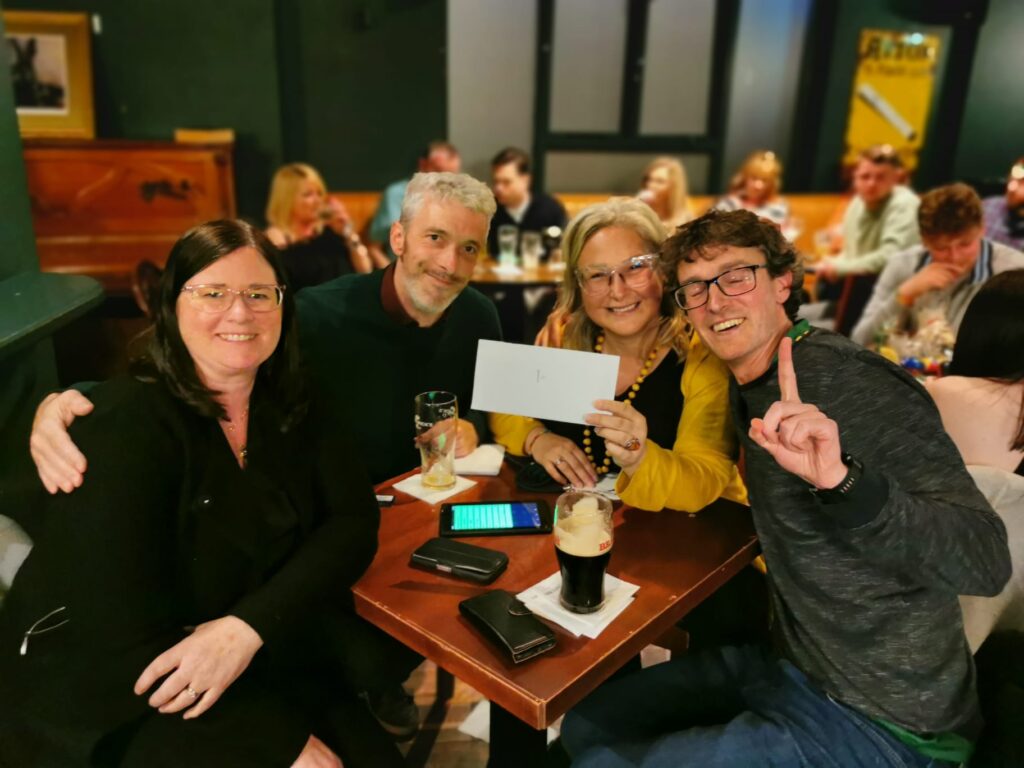
Elaine and Seán O’Sullivan with Bobby Cogan and Carine Schweitzer.
They won the weekend table quiz in The White Horse, Ballincollig.
<<<<<<<<
An old Post Box
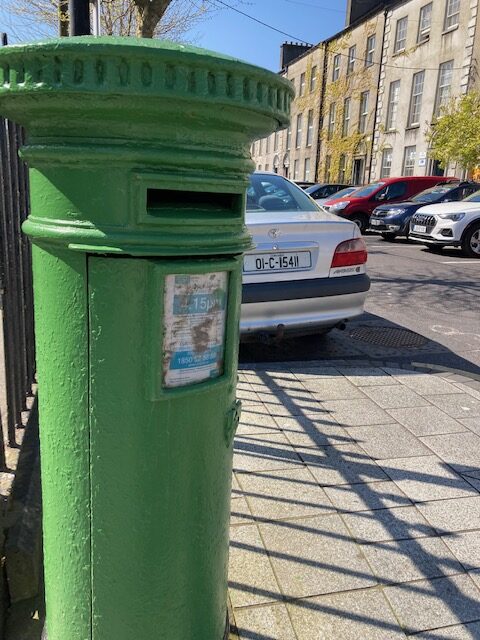
This post box is on the street in Tralee at the corner of Day Place. These pillar boxes date back to an earlier era when they were painted red and had the monarch’s cypher on the front.
This one is one of the ones that had an angle grinder taken to it and the cypher shorn off.
<<<<<<<<
Just a Thought
My Reflections, broadcast last week on Radio Kerry are here;
<<<<<<<<
A Fact
Absolutely pure gold is so soft it can be molded with the hands. A lump of pure gold the size of matchbox can be flattened into a sheet the size of a tennis court. An ounce of gold can be stretched into a wire 50 miles long.
<<<<<<<<<

